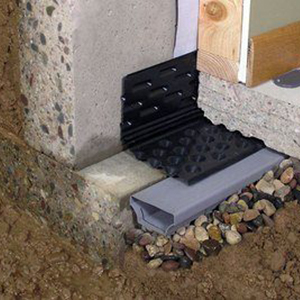- GROUP 247 INC. 100 S Wacker Drive, Floor 16, Chicago IL 60606-7384
- 312-922-3000
- info@4help247.com
- FAX: 888-501-0955
- GROUP 247 INC. 100 S Wacker Drive, Floor 16, Chicago IL 60606-7384
- 312-922-3000
- info@4help247.com
- FAX: 888-501-0955
- GROUP 247 INC.
- 100 S Wacker Drive, Floor 16
- Chicago IL 60606-7384
- 312-922-3000
- info@4help247.com
- FAX: 888-501-0955


Menu






















